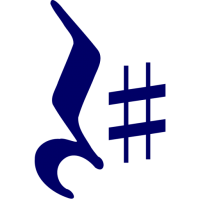# Error Handling
If there is a network transport error (network is down, failed DNS lookup, etc), or any kind of server error (except 404), RestResponse.ResponseStatus will be set to ResponseStatus.Error, otherwise it will be ResponseStatus.Completed.
If an API returns a 404, ResponseStatus will still be Completed. If you need access to the HTTP status code returned you will find it at RestResponse.StatusCode.
The Status property is an indicator of completion independent of the API error handling.
Normally, RestSharp doesn't throw an exception if the request fails.
However, it is possible to configure RestSharp to throw in different situations, when it normally doesn't throw in favour of giving you the error as a property.
| Property | Behavior |
|---|---|
FailOnDeserializationError | Changes the default behavior when failed deserialization results in a successful response with an empty Data property of the response. Setting this property to true will tell RestSharp to consider failed deserialization as an error and set the ResponseStatus to Error accordingly. |
ThrowOnDeserializationError | Changes the default behavior when failed deserialization results in empty Data property of the response. Setting this property to true will tell RestSharp to throw when deserialization fails. |
ThrowOnAnyError | Setting this property to true changes the default behavior and forces RestSharp to throw if any errors occurs when making a request or during deserialization. |
Those properties are available for the IRestClient instance and will be used for all request made with that instance.
There are also slight differences on how different overloads handle exceptions.
Asynchronous generic methods GetAsync<T>, PostAsync<T> and so on, which aren't a part of IRestClient interface
(those methods are extension methods) return Task<T>. It means that there's no IRestResponse to set the response status to error.
We decided to throw an exception when such a request fails. It is a trade-off between the API
consistency and usability of the library. Usually, you only need the content of RestResponse instance to diagnose issues
and most of the time the exception would tell you what's wrong.
